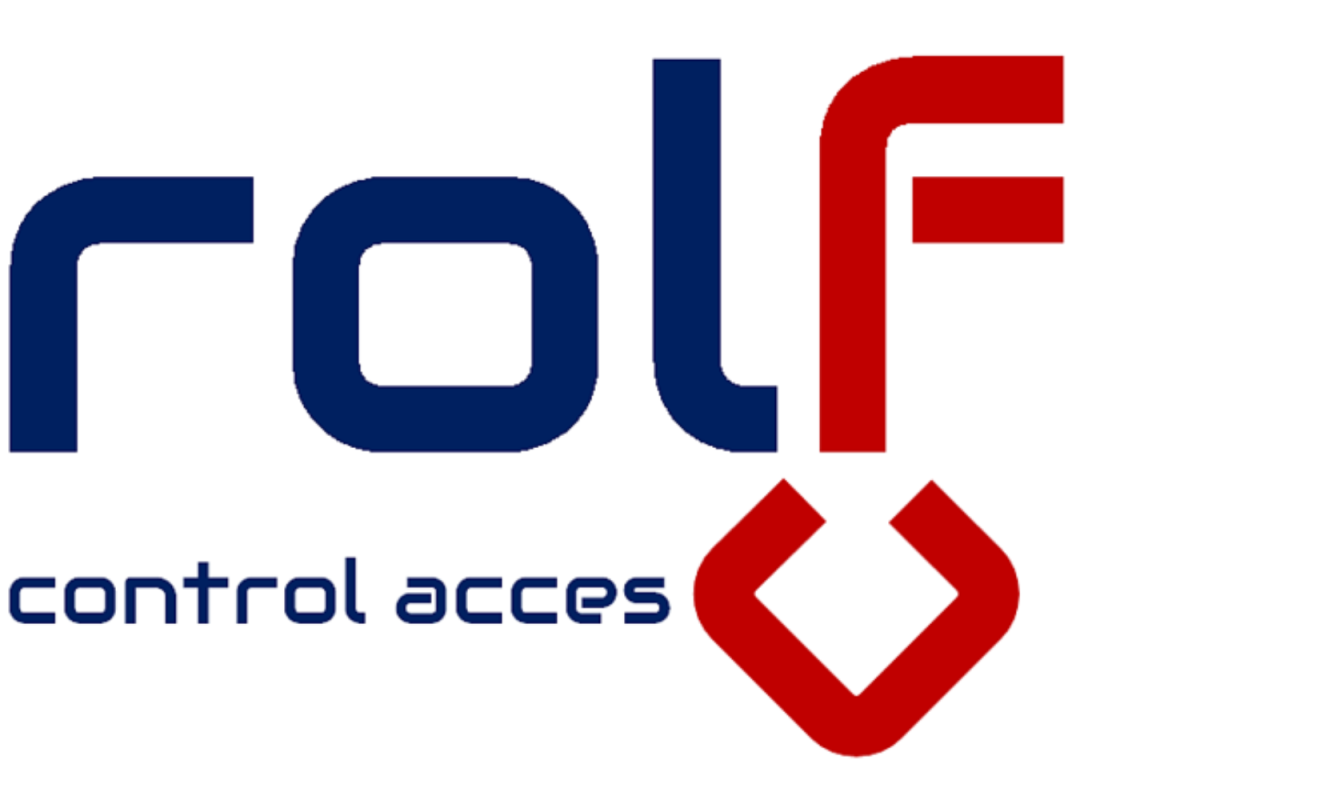OCR-based systems recognize numbers and letters through images from high-end, expensive hardware, but with an average accuracy range of only 80-85%.
In short, OCR-based systems take a single character as an input and either match it against complete characters or turn the character into pieces and match those pieces against patterns for characters.
OCR systems are generally quite sensitive to steep angles of view or obstructed characters. They perform best when working with plates that have a high-contrast monochrome background, large clear block letters, and evenly space between characters.
An important weakness of OCR techniques is some characters that can be confused, called visual equivalents; for instance, O vs. Q vs. 0 (zero), S vs. 5, I vs. 1, and B vs. 8, etc.
Let’s take, for example, the number „B 758 QVR”. An OCR-based LPR system could read the plate number as „8 7SB 0VR” or „B 758 OVR”, etc., which makes it more difficult to identify that license plate on a watch list.
However, the real issue is when the rate of missed license plates (ignored, unrecognized, or undetected license plates) is high, and this rate needs to be decreased. Attempting to do so may instead lead to an increase in the false positive rate, meaning that vehicles with „equivalent” numbers will be granted access to areas where they should not be.
Another drawback is that the size of the number plates and the speed of the vehicles significantly influence the resolution requirements of the TV cameras for this type of system. Between 350 and 900 PPM (pixels per meter) are required for reasonable performance, which means that for a 52 cm License Plate ( a Romanian License Plate length) attached to a stopped vehicle, there will be a minimum of 175 pixels per LP needed. So the TV camera position is very important.
